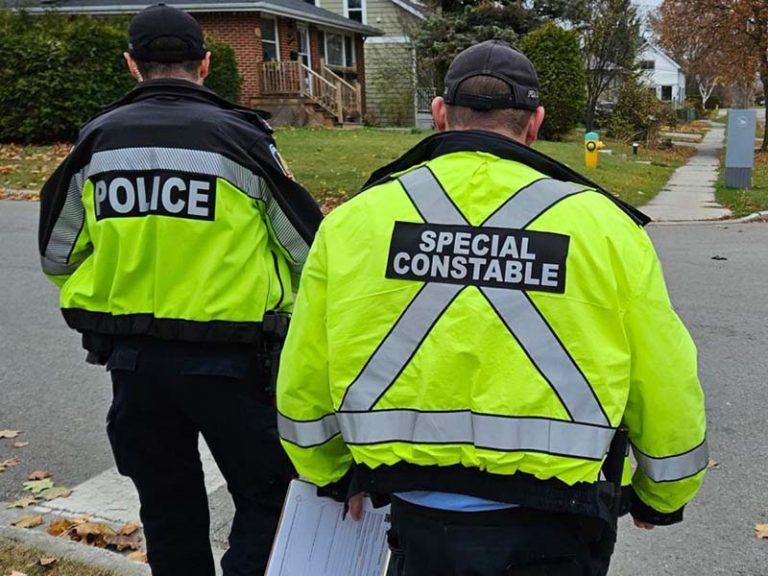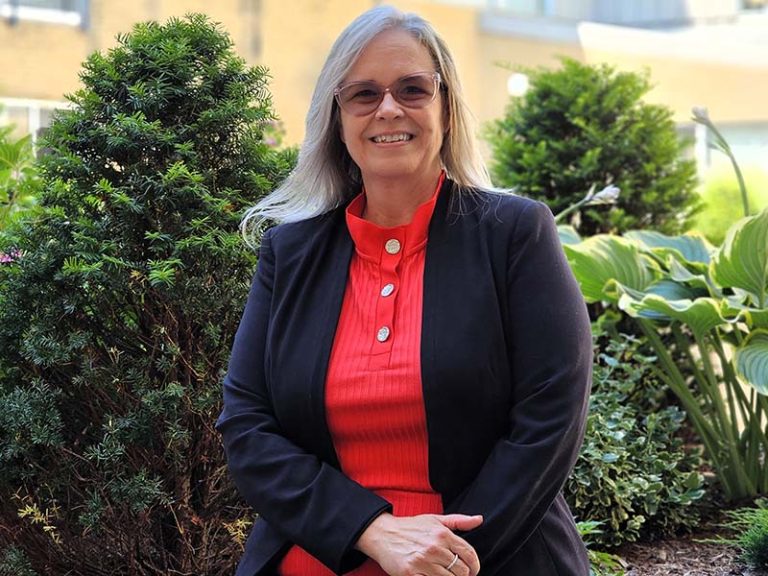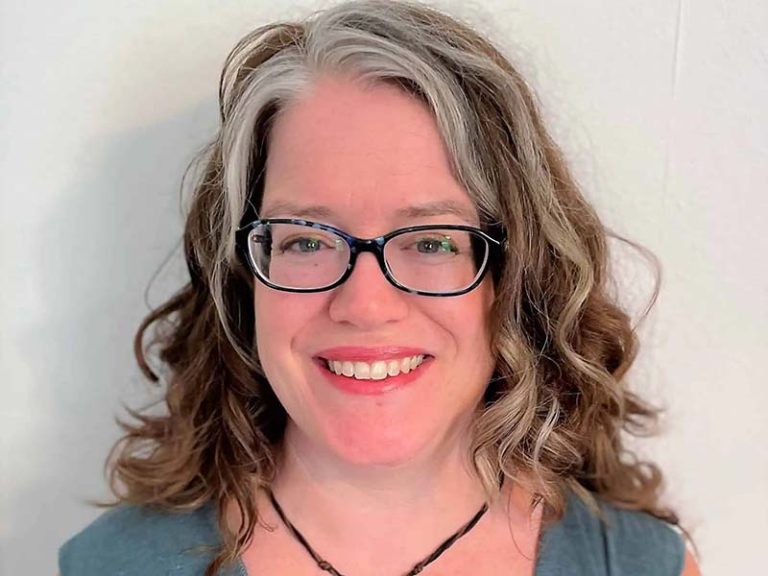While the Egyptian revolution and the tumultuous changes in the Middle East seem far away, echoes of public unrest, and the technology driving them, resonated in the Port Hope council chambers last week.
Angry residents fed up with the arrogance of Port Hope politicians demanded some accountability during a dramatic confrontation. The pillars, high taxes and overspending were common themes expressed by some speakers during the evening. But the recent negative publicity starting with the visit of Dr. Helen Caldicott was surely at the root of the frustration for others as one after the other verbally pounded away at council members.
The 18-day protest in Egypt led to the ouster of President Hosni Mubarak. Hundreds of thousands of people gathered in Tahrir Square, placing pressure on the regime for change. Despite some violence, the mainly peaceful protest resulted in the end of 30 years of oppression.
One of the organizing tools for the protesters was social media. Wael Ghonim, a marketing manager for Google and a leader of the protests, credited Facebook with the success of the uprising. Some analysts called the movement Revolution 2.0 due to the use of new technologies.
Port Hope’s own uprising can be linked to the resignation of former Chief Administrative Officer Eugene Todd. The fiscal fiasco regarding the overspending on harbor dredging and the plans for the Eastside Ganaraska Park, which included the controversial pillars, were behind his exit. Mayor Linda Thompson remains tight-lipped over the reasons and no one has said whether he was forced out or stepped down.
But, there is little doubt the public pressure was instrumental. Even if the resignation was a strategic move to divert blame away from the mayor and council, the issues are not going away and the public outrage is far from dying down.
One of the main reasons is the sophisticated use of social media. Two Facebook pages appear have evolved into major organizing tools. Port Hope Politics and Friends of Port Hope were created after the Calidcott controversy exploded in the fall.
First came Port Hope Politics, which initially was meant to counter mainstream media and other information circulating around the nuclear waste issue. It was born out of frustration and became a lightening rod for those wanting to present another side. Friends of Port Hope came as an alternative after some disagreements on the Politics site. Both sites are fairly active with plenty of daily posts.
But, it was days leading up last week’s council meeting where the sites really transformed, especially Port Hope Politics. Some organizers made appeals to members to attend the council meeting. Questions for council were solicited. Strategies were discussed. Oodles of information was shared. Many, many people contributed. Even those who could not attend made sure the group knew they had support.
The packed public gallery was an obvious sign of the group’s success. The site continues to be a forum for citizens to vent, share information and to organize. Its effectiveness cannot be denied.
The use of social media in driving social movements is well documented for places like Moldavia, Iran, Tunisia and Egypt. And, it will continue to be a major force in changing the way people organize in efforts to transform society. As the residents of Port Hope have demonstrated, these tools are being used right in our own backyard.
Politicians in Northumberland and around the world take heed. The local political landscape is changing and if Port Hope is any example, the results are empowering for citizens. It could be the first steps to a new, unprecedented level of accountability and transparency. And, it may reinvigorate our municipal government.


